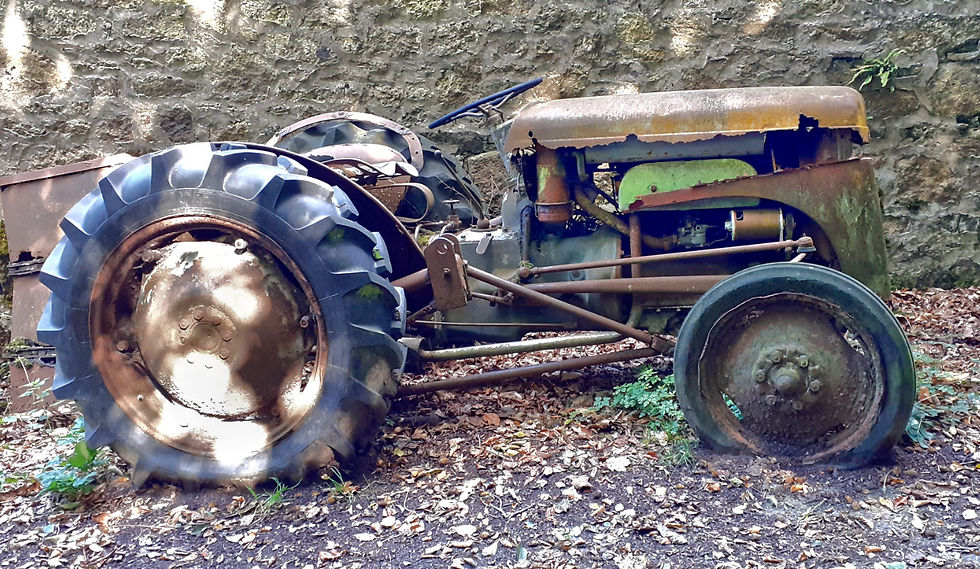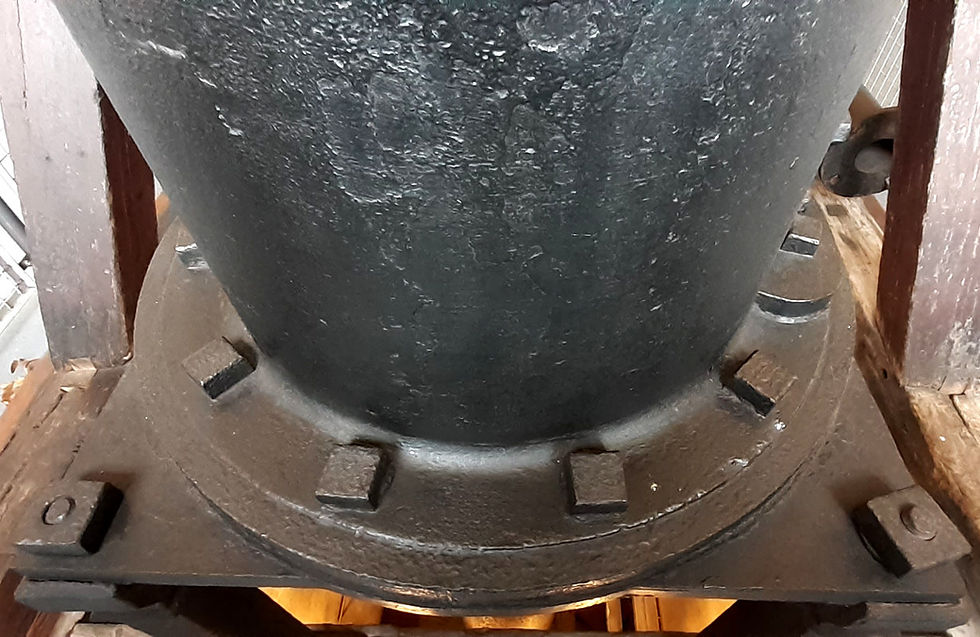Odds and Sods September 2025
- Gethin Thomas

- Oct 1
- 2 min read
This month my Odds and Sods doubles up as a preview of my next post, Kingsbridge Close Up. No dialogue for now, as that will come when I publish the full post next time around. That means most of this months compendium of images are Kingsbridge Close Ups.























That's Kingsbridge Close Ups so far. Next a few shots taken in a new find for me, Belstone on Dartmoor. A narrow road takes you to the small village of Belstone and ends right there. This is the old telegraph office, built into a former chapel.
The chapel was built in 1841 by a branch of non-conformists (the Calvinistic Independent Dissenters) popular in Belstone at the time. By 1847 it was the Wesleyans who were preaching in the chapel. From 1856 the building was used as a Sunday school and in the early 1900s for evening classes. By the 1920s the chapel was brought from what was now the Congregational Union and from 1937 it was operated as the post office. Devon perspectives.

Near the base of Belstone Tor you will see a stone circle or cairn erected to surround a round burial barrow from the Bronze Age, or kistvaen, as they are named on Dartmoor. On the Ordnance Survey Map the stone circle appears as Nine Stones, but it is more widely known as The Nine Maidens.


In Dartmouth is this original preserved Newcomen Engine. The atmospheric engine was invented by Thomas Newcomen in 1712, and is sometimes referred to as the Newcomen fire engine (see below) or Newcomen engine. The engine was operated by condensing steam being drawn into the cylinder, thereby creating a partial vacuum which allowed atmospheric pressure to push the piston into the cylinder. It is significant as the first practical device to harness steam to produce mechanical work.

Newcomen was born in Dartmouth, in Devon, England, to a merchant family and baptized at St. Saviour's Church on 28 February 1664. In those days, flooding in coal and tin mines was a major problem. Newcomen was soon engaged in trying to improve ways to pump out the water from such mines. His ironmonger's business specialised in designing, manufacturing and selling tools for the mining industry.

The Newcomen Memorial Engine (sometimes called the Coventry Canal Engine) is a preserved beam engine in Dartmouth, Devon. It was preserved as a memorial to Thomas Newcomen (d. 1729), inventor of the beam engine, who was born in Dartmouth.
This particular engine is the world's oldest surviving steam engine, dating from around 1725, although with some spares replaced over the years. Originally used for pumping water from a mine, The Coventry Canal Company purchased the engine in 1821 and set it to work pumping water from a well to maintain levels in the canal. An engine house, still surviving, was built at the Hawkesbury Junction, Warwickshire in 1837.





Comments